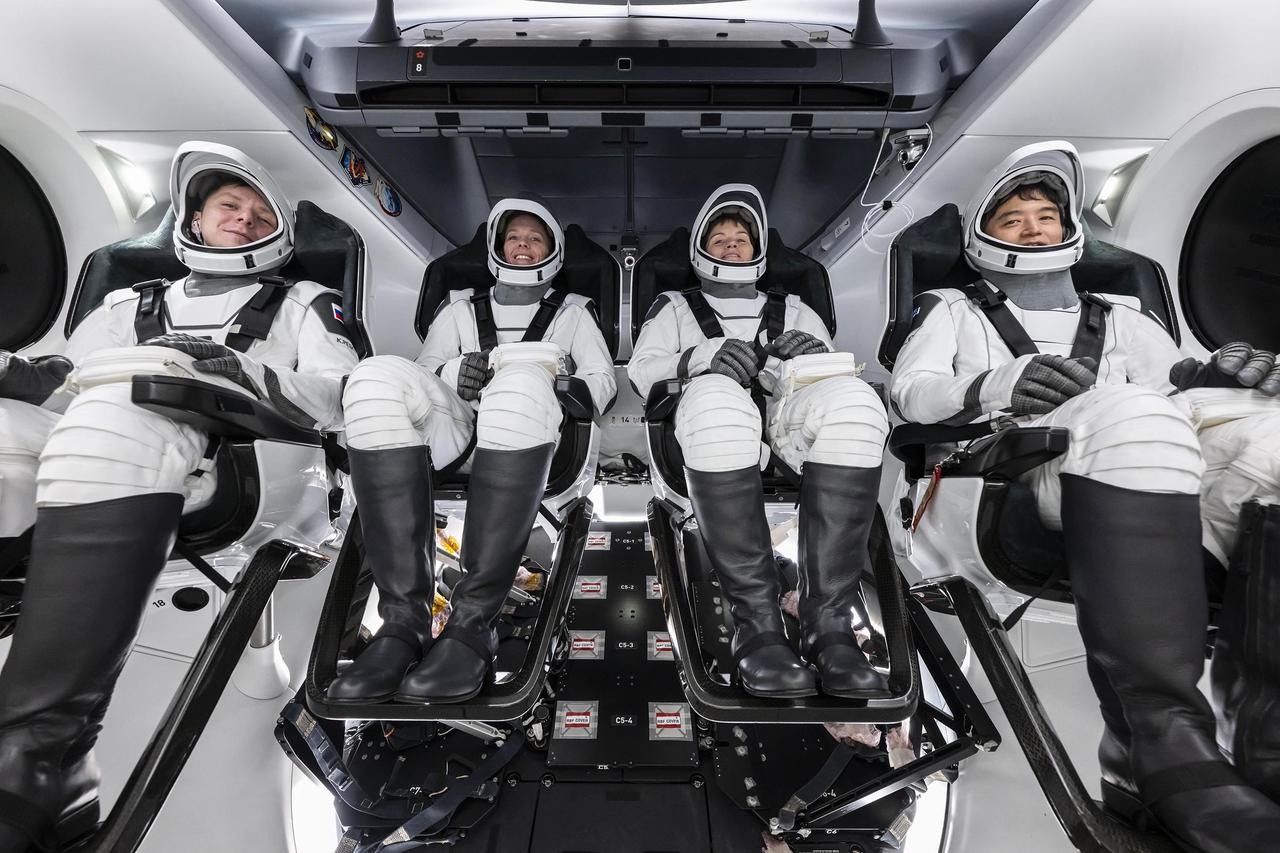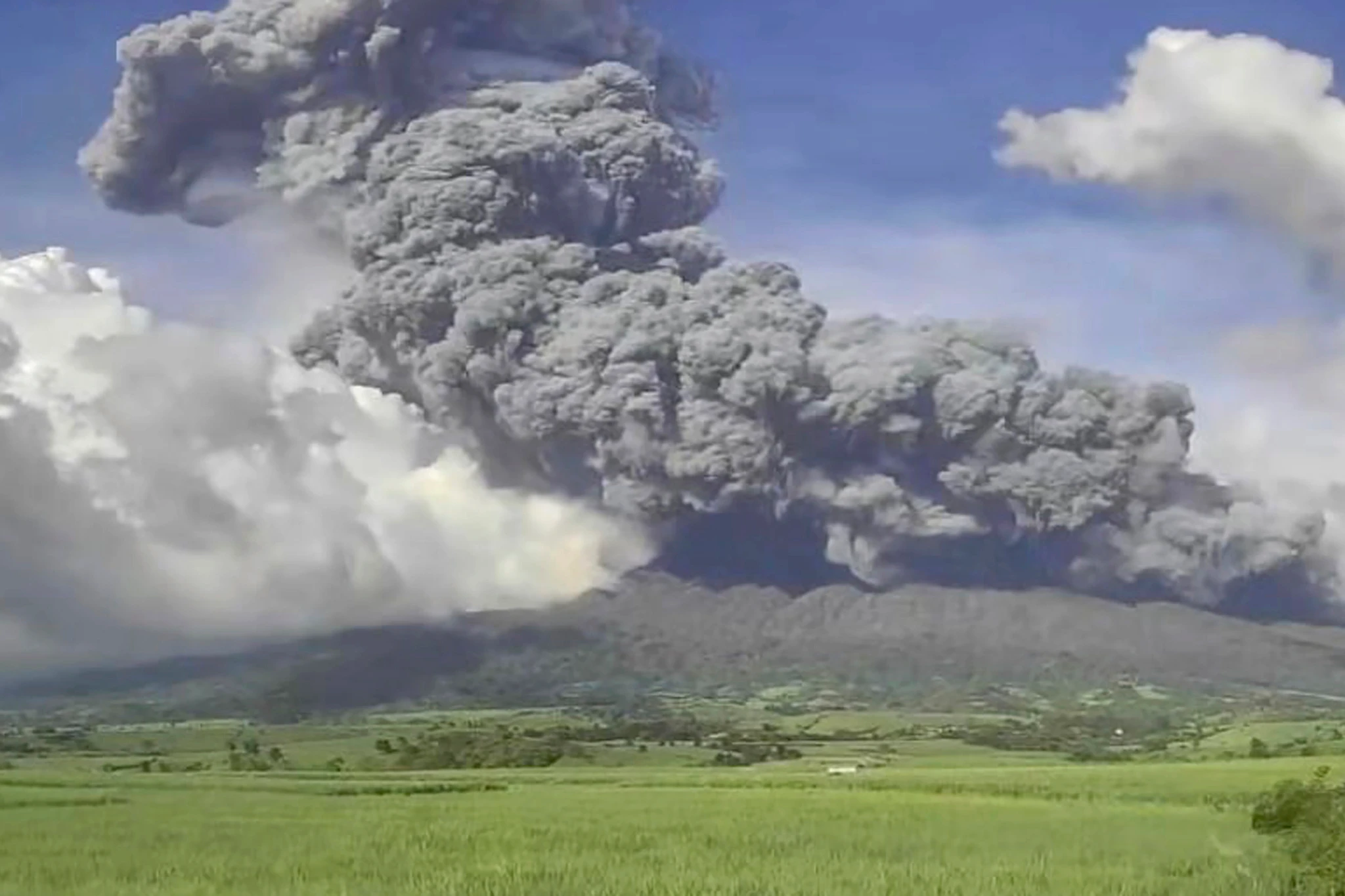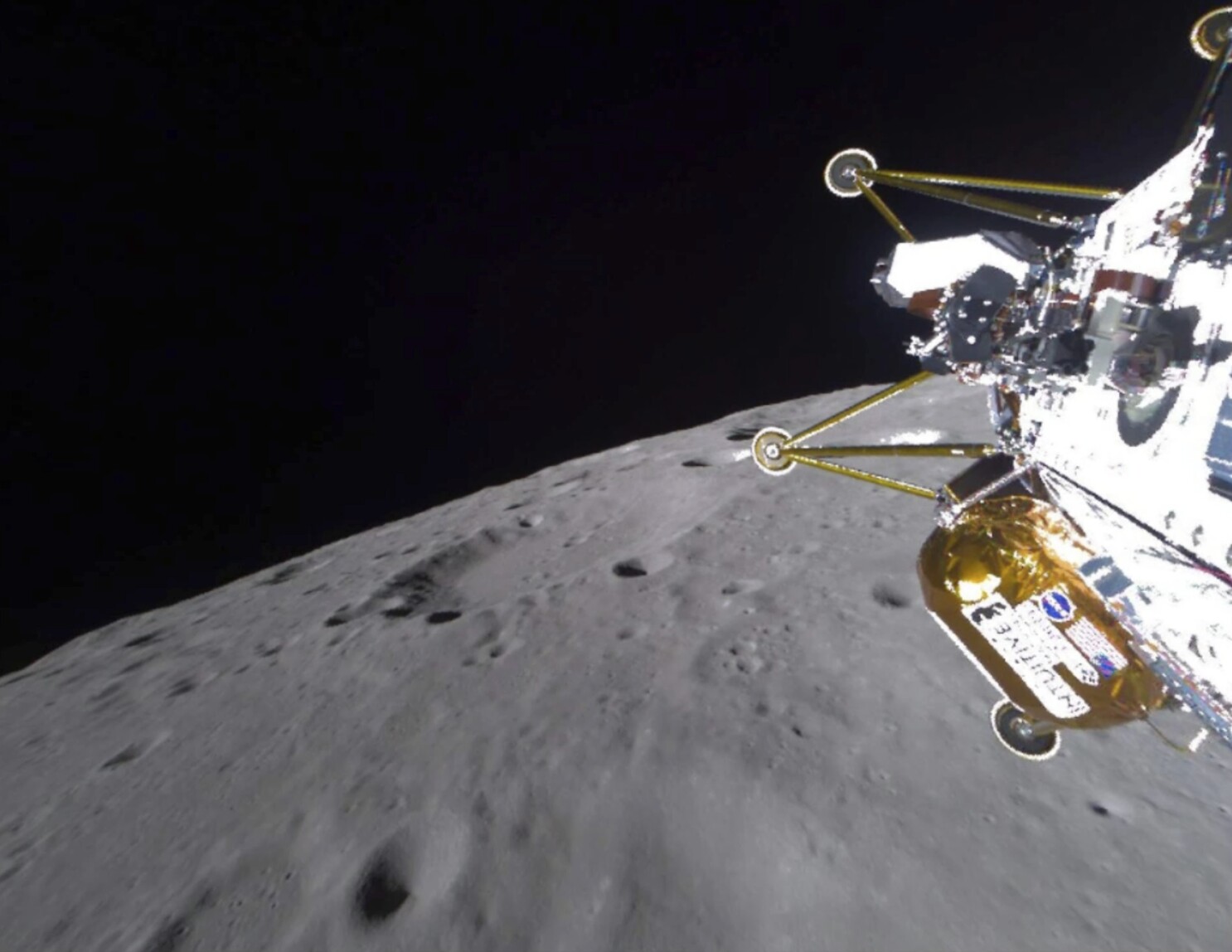NASA’s SpaceX Crew-10 Successfully Launches to the International Space Station
by admin on | 2025-03-15 19:50:37
Share: Facebook | Twitter | Whatsapp | Visits: 58

On March 14, 2025, at 7:03 p.m. EDT, NASA and SpaceX achieved a significant milestone with the launch of the Crew-10 mission from Kennedy Space Center in Florida. A SpaceX Falcon 9 rocket carried the Dragon spacecraft into orbit, delivering four astronauts—NASA’s Anne McClain and Nichole Ayers, JAXA’s Takuya Onishi, and Roscosmos’ Kirill Peskov—to the International Space Station (ISS) for a science expedition. This launch marks a critical step in NASA’s ongoing efforts to maintain a continuous human presence in low Earth orbit, paving the way for future deep-space exploration to the Moon and Mars. The mission overcame last-minute hurdles, including a hydraulic system issue that had delayed an earlier attempt on March 12, showcasing the resilience of the teams involved.
The arrival of the Crew-10 team sets the stage for the long-awaited return of NASA astronauts Butch Wilmore and Sunita Williams, who have been stranded on the ISS for nearly 300 days—far beyond their planned eight-day mission in June 2024. Technical issues with their Boeing Starliner spacecraft forced NASA to adjust plans, integrating them into the station’s regular crew rotation. Once Crew-10 docks and assumes operations, Wilmore and Williams are expected to return to Earth later this month aboard a SpaceX Dragon, concluding one of the most dramatic extended stays in space history. The mission also highlights international collaboration, with the crew conducting experiments to study human physiological and psychological changes in space, providing data vital for future long-duration missions.
This event stands out as the most significant recent development in space exploration due to its immediate human impact and broader implications. NASA acting Administrator Janet Petro emphasized that such missions bolster American leadership in space and stimulate the national space economy. The Crew-10 astronauts will spend approximately six months aboard the ISS, contributing to over 24 years of continuous human presence there, while testing technologies and performing cutting-edge science. Amid a flurry of other space news—like lunar discoveries and asteroid observations—this launch captures global attention for its blend of operational success, human drama, and forward-looking scientific promise.
Leave a Comment
Search
Recent News
-
 NASA’s SpaceX Crew-10 Successfully Launches to the International Space Station
NASA’s SpaceX Crew-10 Successfully Launches to the International Space Station
-
 Volcanic Eruption in the Philippines Triggers Mass Evacuations
Volcanic Eruption in the Philippines Triggers Mass Evacuations
-
 US Envoy in Moscow as Ukraine Ceasefire Talks Gain Momentum
US Envoy in Moscow as Ukraine Ceasefire Talks Gain Momentum
-
 Pakistani Forces End Train Hijacking by Separatist Militants, 33 Attackers Killed
Pakistani Forces End Train Hijacking by Separatist Militants, 33 Attackers Killed
-
 Escalating Global Trade War Impacts Markets
Escalating Global Trade War Impacts Markets
-
 Romania Rejects Georgescu’s Candidacy for Presidential Elections, Following Annulment of November Victory
Romania Rejects Georgescu’s Candidacy for Presidential Elections, Following Annulment of November Victory
-
 Private U.S. Lunar Lander Makes History Despite Tipping Over
Private U.S. Lunar Lander Makes History Despite Tipping Over
-
 U.S. Pauses Military Aid to Ukraine as Zelensky Signals Prolonged War
U.S. Pauses Military Aid to Ukraine as Zelensky Signals Prolonged War
Visit our Youtube Videos
